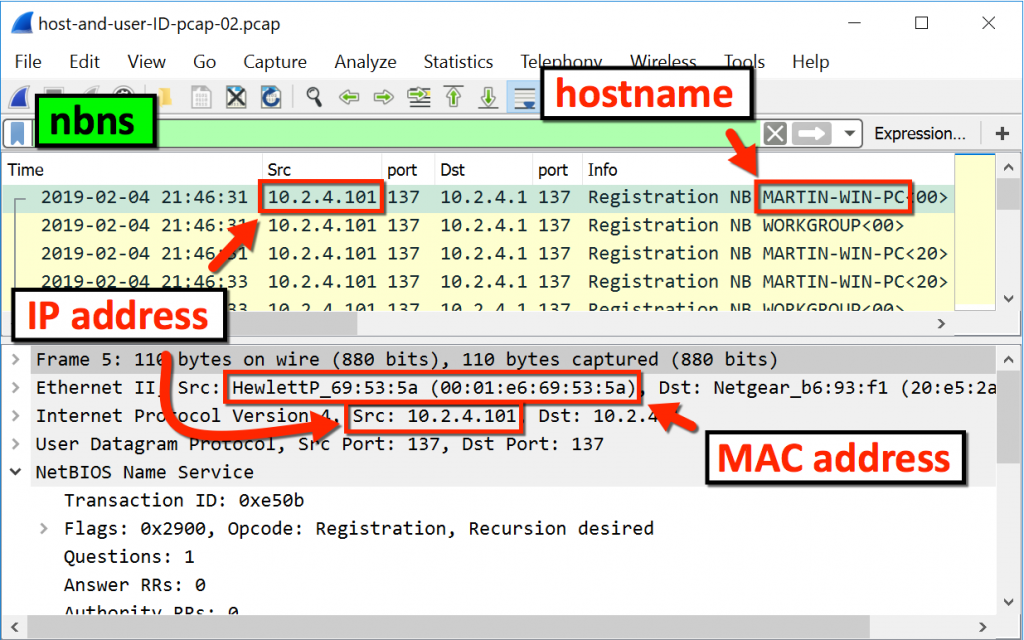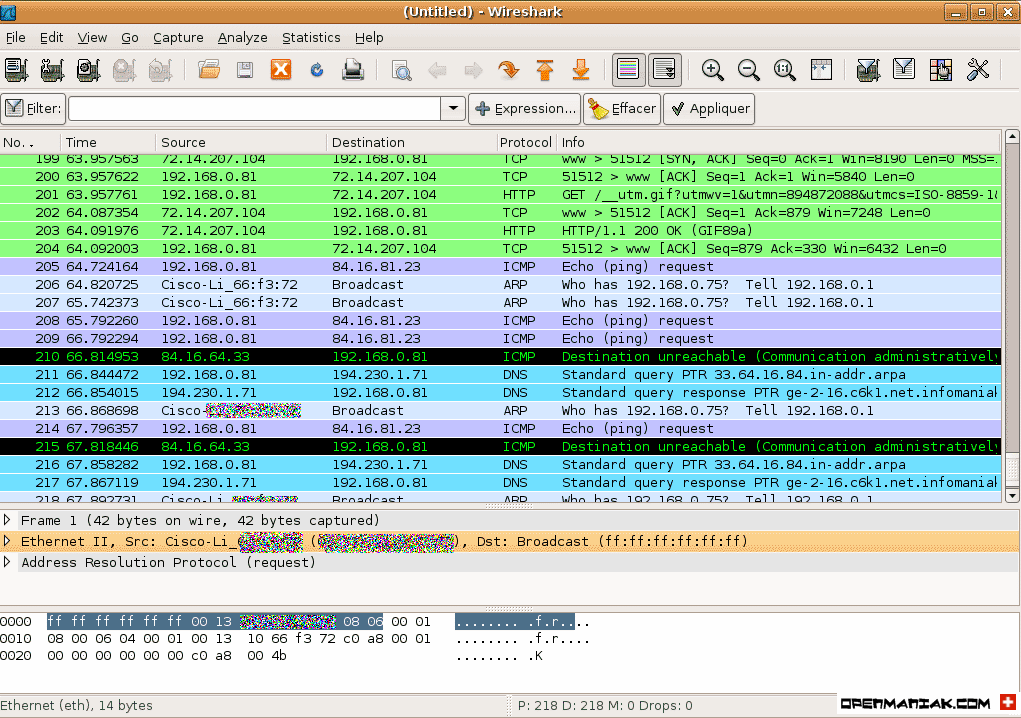

We suggest changing the name to “Customized” as shown below in Figure 6. Copying the default configuration profile in Wireshark.Īfter copying the default profile, give it a new name. Make a copy of the default configuration profile by clicking the Copy button as shown below in Figure 5. Configuration ProfilesĪfter confirming you have Wireshark version 3.6.2 or newer, select Configuration Profiles under Wireshark’s Edit menu. Wireshark’s version number from About Wireshark under the Help menu. We can also select “About Wireshark” under the Help menu to view the version number as shown below in Figure 4. Wireshark’s version number displayed on its welcome screen. Without any pcap loaded, Wireshark displays its version number on the welcome screen as shown below in Figure 3. Now that we have our pcap, let’s check our version of Wireshark. The extracted pcap for this tutorial is named Wireshark-tutorial-column-setup.pcap.
#USING WIRESHARK MAC ZIP#
Extracting our pcap from the password-protected zip archive.
#USING WIRESHARK MAC ARCHIVE#
Use infected as the password to unlock the ZIP archive as shown below in Figure 2. The name of your downloaded ZIP archive should be. Saving the pcap for this tutorial from our GitHub repository. Download the pcap as shown below in Figure 1. The pcap for this tutorial is hosted at our GitHub repository.
#USING WIRESHARK MAC SERIES#
Ultimately, this series of tutorials assumes readers have some sort of background and interest in reviewing malicious network traffic. Readers should also have some idea how network traffic is routed between an internal client like a desktop computer and an external server like a website. Basic network knowledge includes recognizing TCP and UDP traffic and knowing about DNS. The term “basic understanding” means different things to different people, but the knowledge does not have to be extensive.įor example, readers should know the difference between a public IPv4 address and an internal, nonroutable IPv4 address. Wireshark users must have a basic understanding of network traffic, and this series of tutorials focuses on IPv4 traffic. In this tutorial, we use Wireshark version 4.0.7. We recommend at least version 3.6.2 or later. Recent versions have more features, capabilities and bug fixes than older versions.

If possible, review pcaps using the most recent version of Wireshark for your environment. For this tutorial, we use the Xubuntu Linux distro. Pcaps from Windows infections may contain malicious binaries that present a risk of infection when using Wireshark on a Windows computer. We recommend using a non-Windows environment like BSD, Linux or macOS. Web Traffic and the Default Wireshark Column DisplayĮxporting Your Updated Configuration Profile It was first published in August 2018 and has been updated for 2023. This article is the first in a series of Wireshark tutorials that provides customization options helpful for investigating malicious network traffic. Wireshark’s default column display provides a wealth of information, but you should customize the columns to meet your specific needs. What makes Wireshark so useful? It is very customizable. Security professionals also use Wireshark to review traffic generated from malware. IT professionals use this tool to investigate a wide range of network issues. Wireshark is a free protocol analyzer that can record and display packet captures (pcaps) of network traffic.


 0 kommentar(er)
0 kommentar(er)
